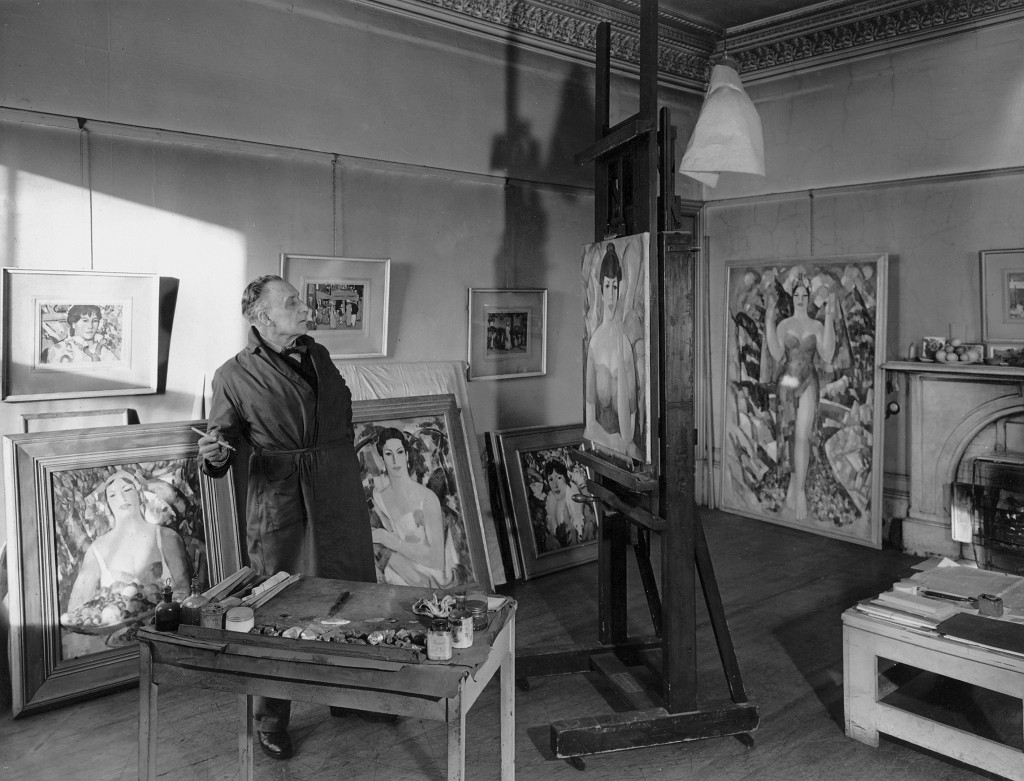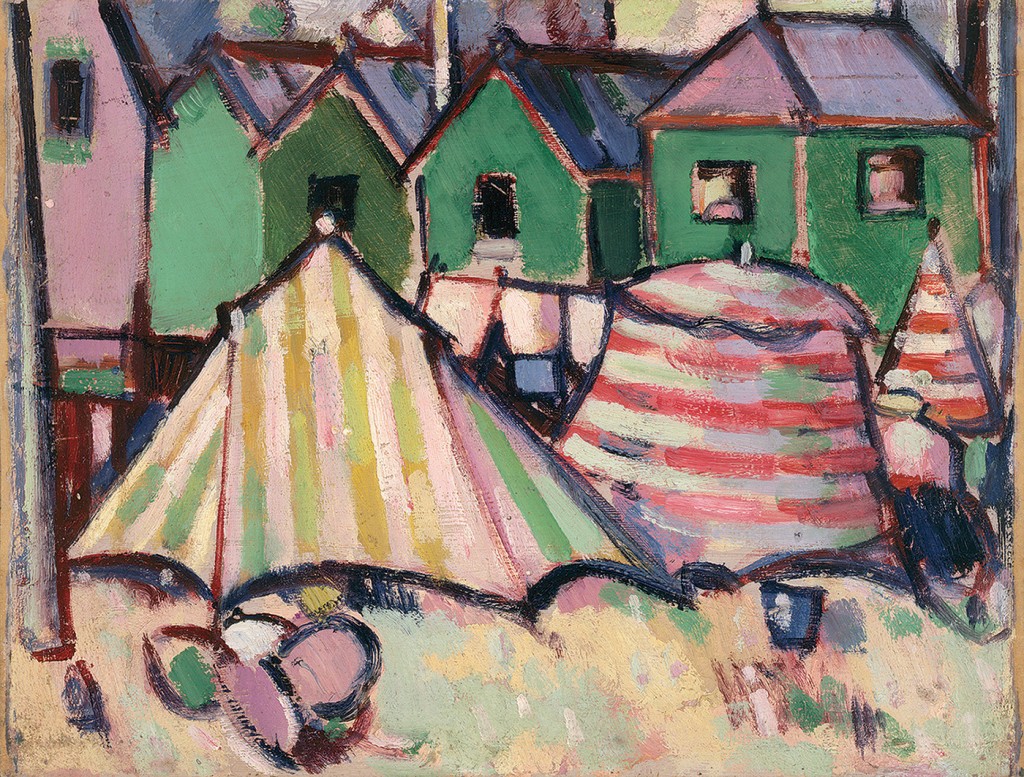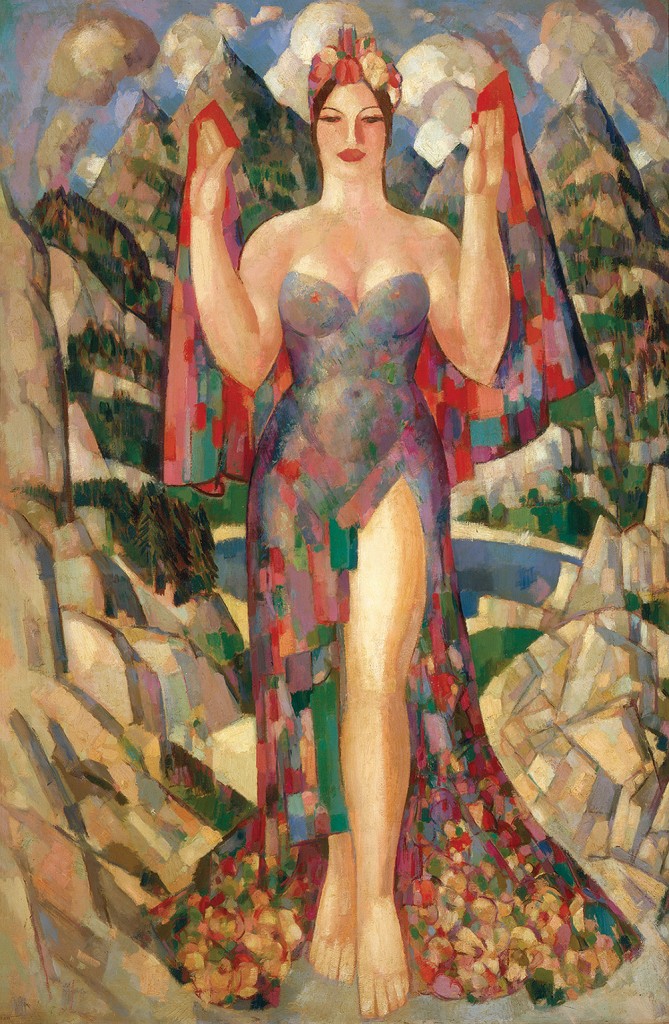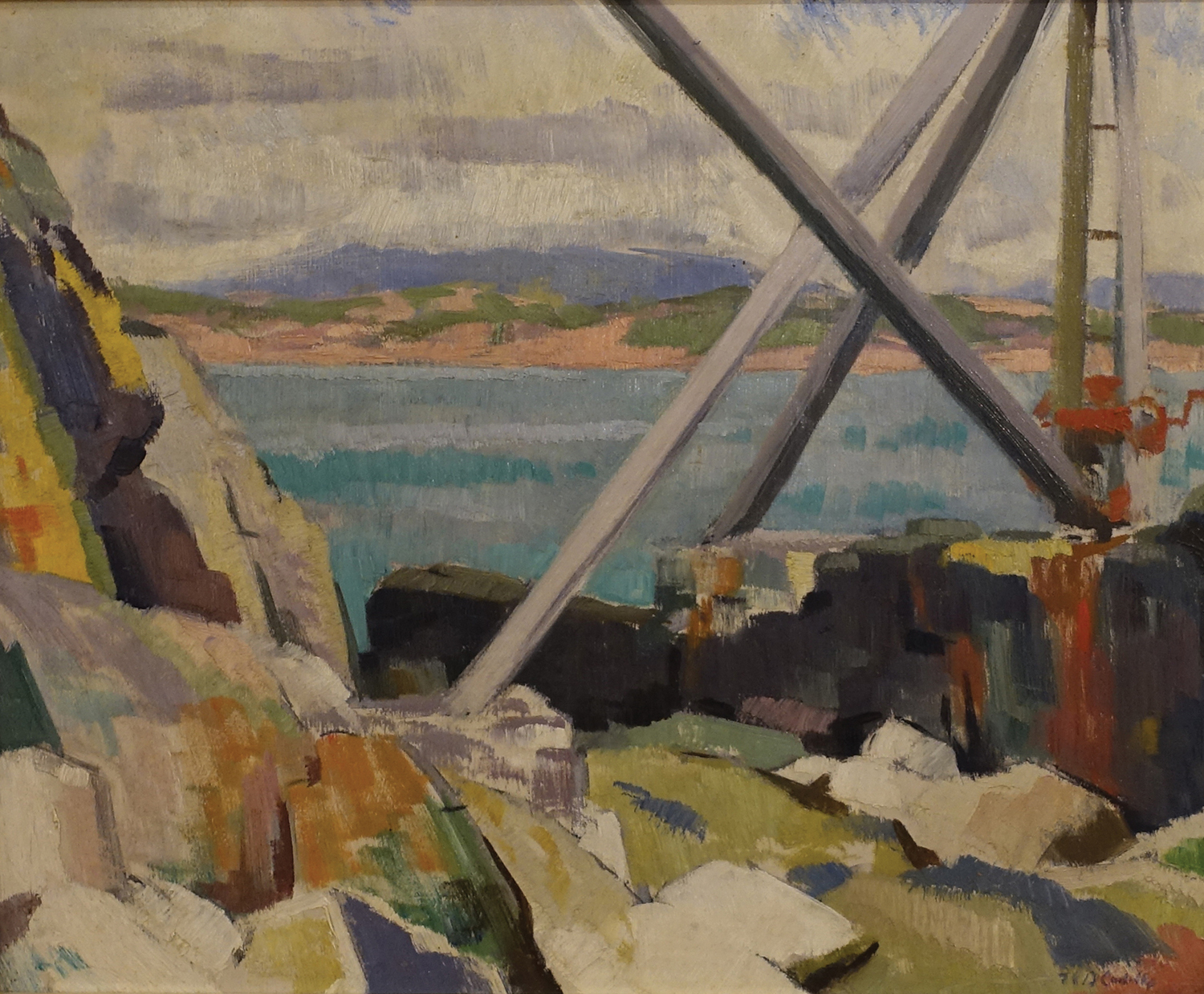
Horsham Museum & Art Gallery’s latest exhibition ‘A Collector’s Passion – Scottish Oils and Watercolours’ is the most significant in the 2019 Horsham District Council’s Year of Culture.
The exhibition explores a local collector’s passion for Scottish pictures. There is a tremendous quality of patronage in them being loaned for the public to see.
Horsham Museum & Art Gallery Curator Jeremy Knight says “This very private collector was awarded the art prize by his artist teacher Archie Watt whilst growing up in south-west Scotland and this inspired his passion for art and collecting. It’s the fantastic colours in Scottish art which delights him.” Three of Archie Watt’s paintings are on show.
The qualities of patronage are also apparent in the collection with leading contemporary Scottish artists.
Alongside an exquisite Venetian inspired oil by Anne Redpath my eye is drawn to an important group of paintings by the four Scottish Colourists FCB Cadell, GL Hunter, SJ Peploe and JD Fergusson. They painted landscapes, still lifes and interiors, influenced by their direct contact with French Post-Impressionism and their early knowledge of the work of Matisse and the Fauvres. Their paintings were amongst the most progressive in early 20th century British art and they developed an international following.
FCB Cadell first visited the Hebridean island of Iona in 1912 and would return most summers, usually to paint outside. The cool tonalities of the work Cadell produced on Iona in the 1920s contrasts with the sharp dissonance of colour employed in his studio paintings of the same date. The Iona landscape you see here is filled with light and movement, the nature of the coastline accentuated in the stylized blocks of colour which define the composition. The effect is moving and beautiful.
GL Hunter used a brush loaded with paint, combining broad strokes with a skilful manipulation of strong warm and cool colours in the Still Life with Flowers and Fruit.
Some twenty Scottish paintings, including contemporary works, are included in the exhibition.
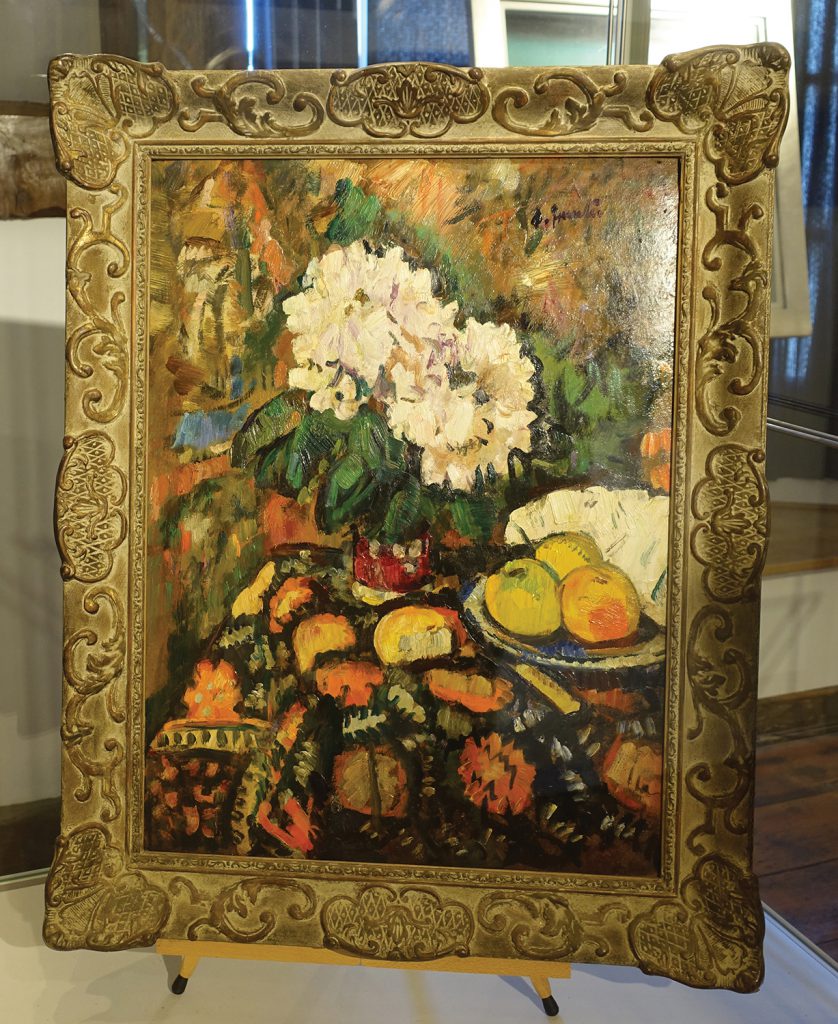
‘A Collector’s Passion – Scottish Oils and Watercolours’ once again raises the cultural bar of the visual arts in the Horsham District. I hope that the growing reputation of the Horsham District Council’s Horsham Museum & Art Gallery will continue to attract loans and work of this quality to its exhibitions and permanent collection. A cultural offering at this level lends so much to the reputation, prosperity and quality of life of the Horsham District. Horsham District Council has an important ongoing role in this and I hope our councillors will continue to build on their success. They, Jeremy Knight and this passionate collector are deserving of our thanks.
It is exciting to see such a body of work exhibited in Horsham. The exhibition runs until 26th October 2019 and entrance is free of charge. For more information go to www.horshammuseum.org.
By Rupert Toovey, a senior director of Toovey’s, the leading fine art auction house in West Sussex, based on the A24 at Washington. Originally published in the West Sussex Gazette.
